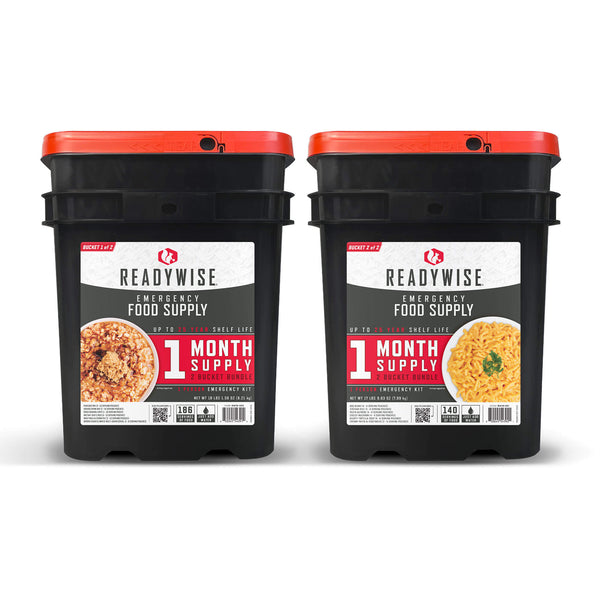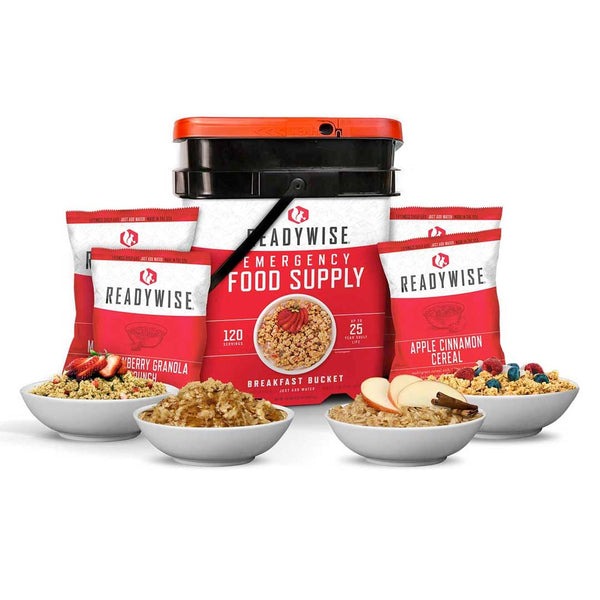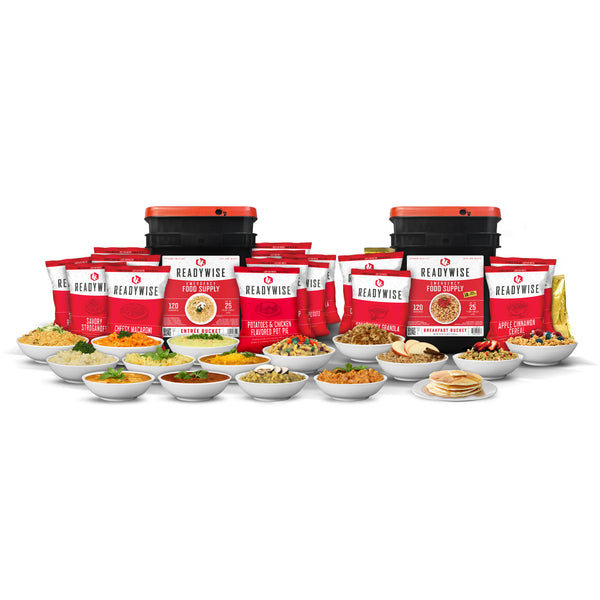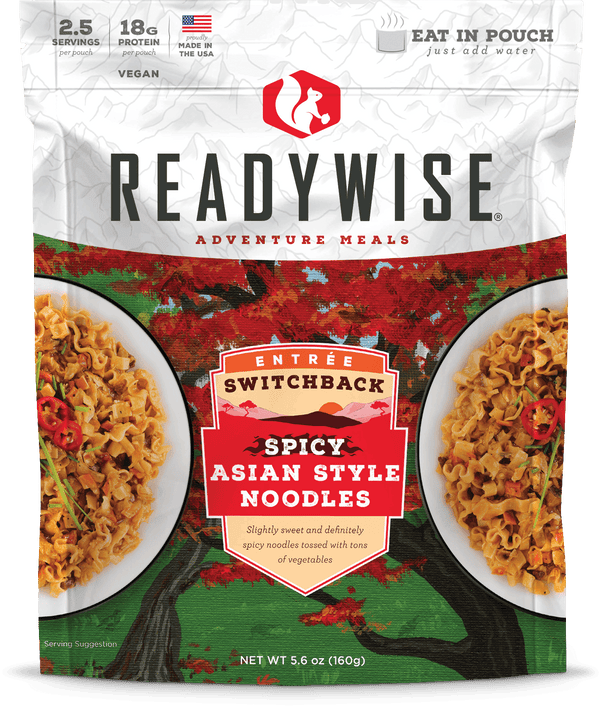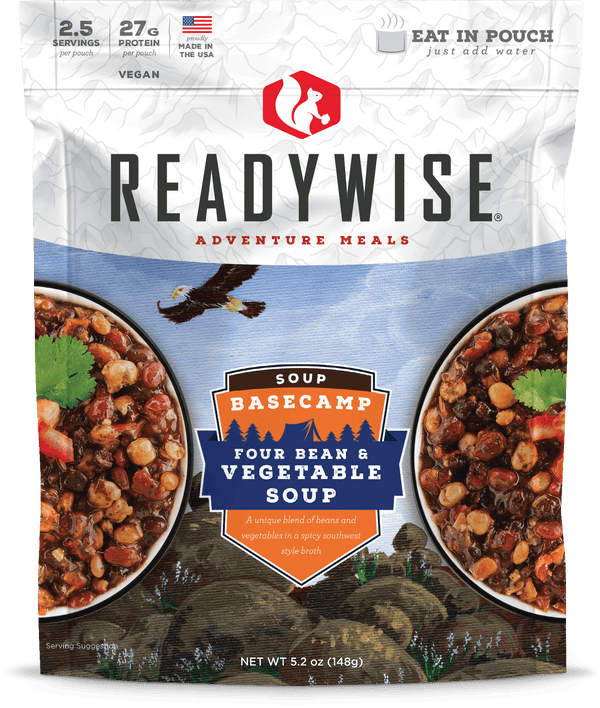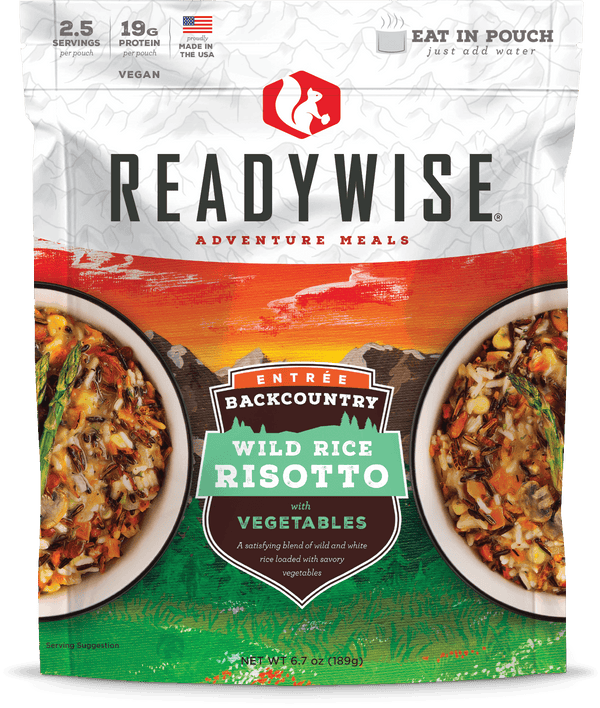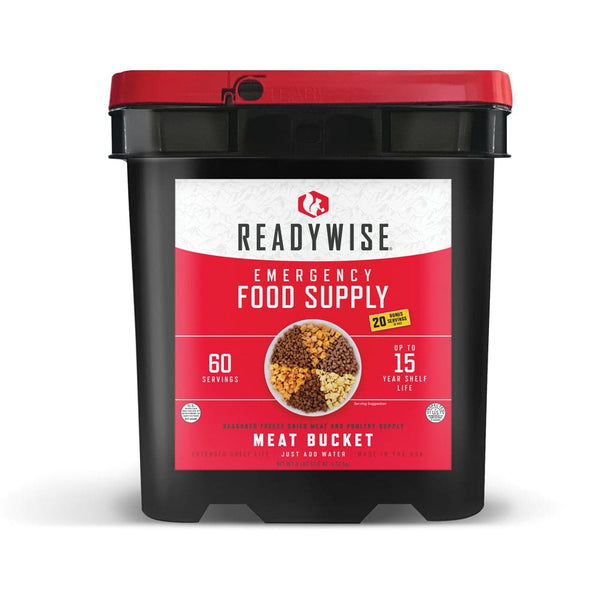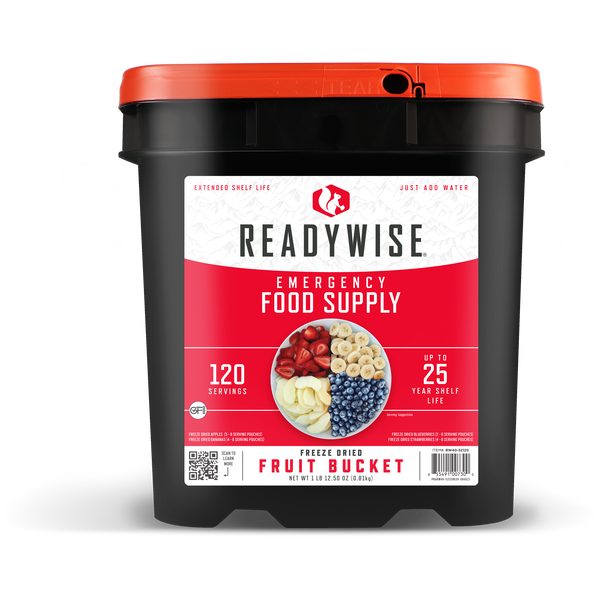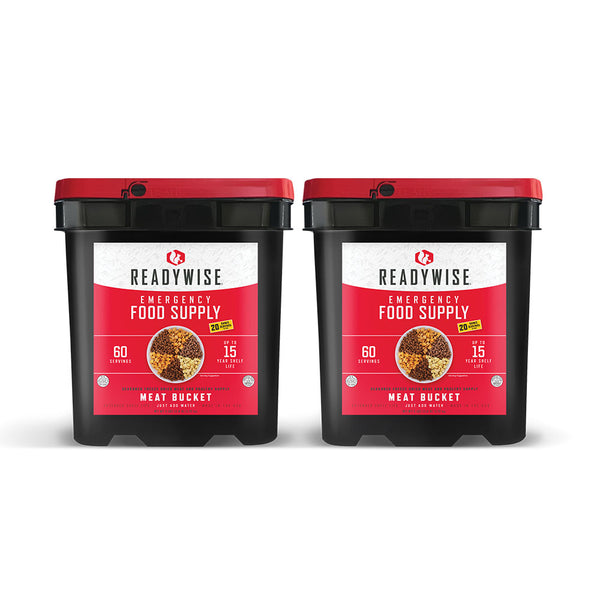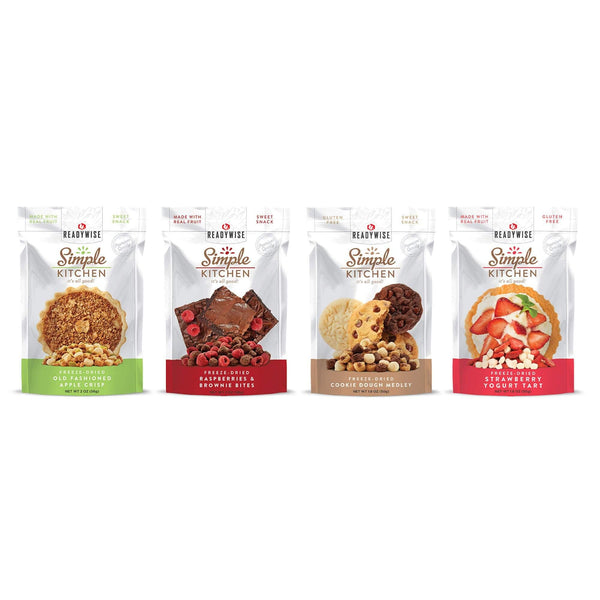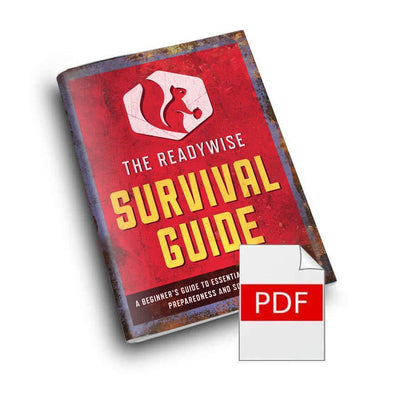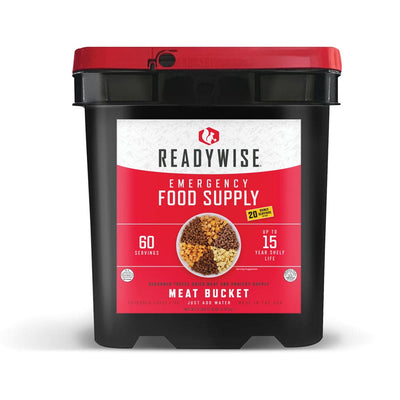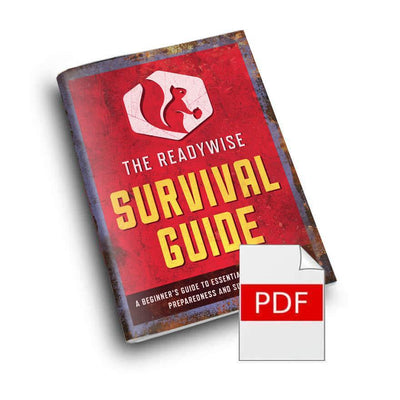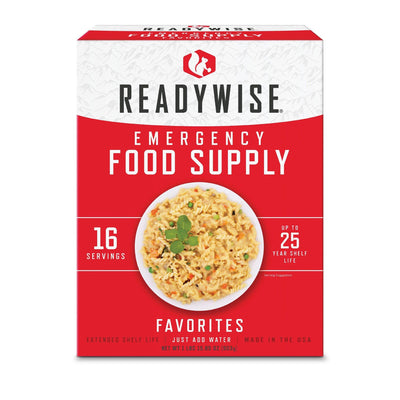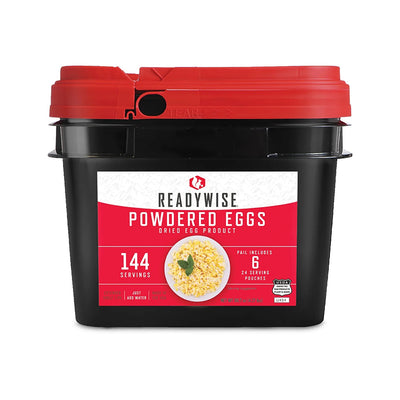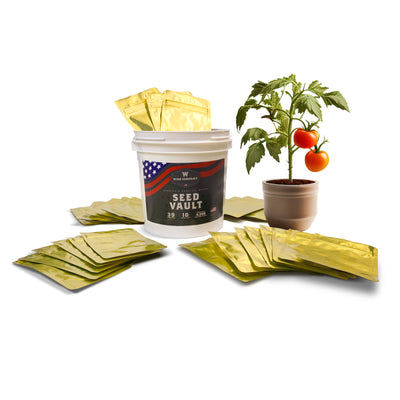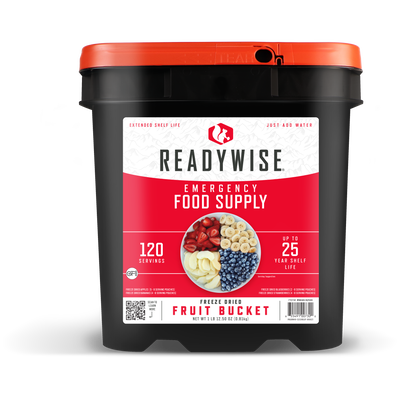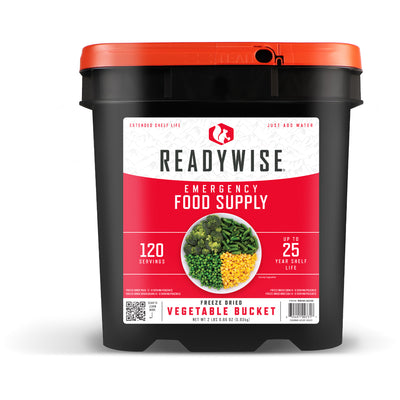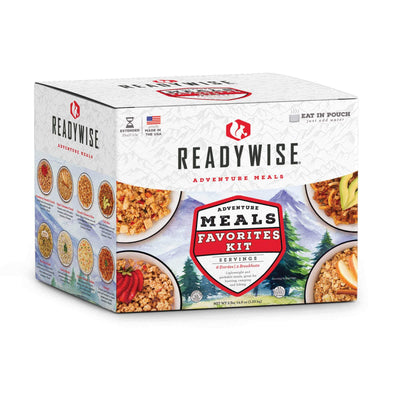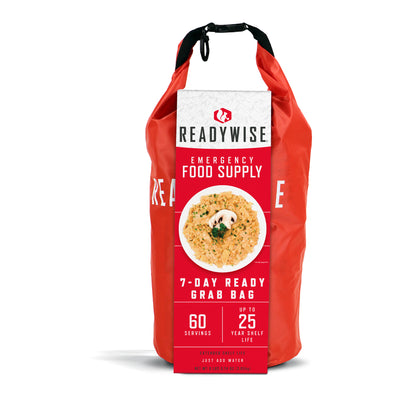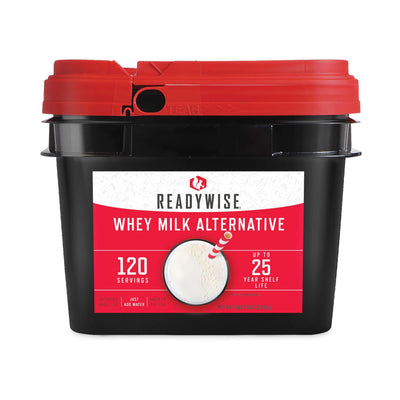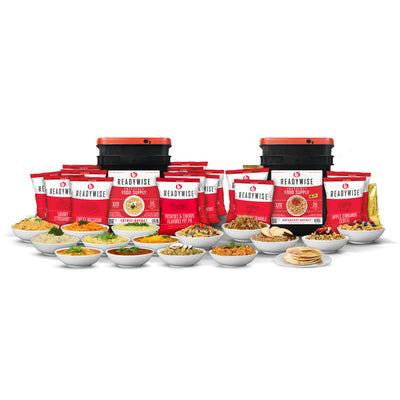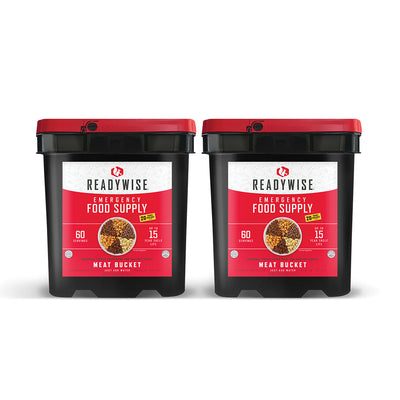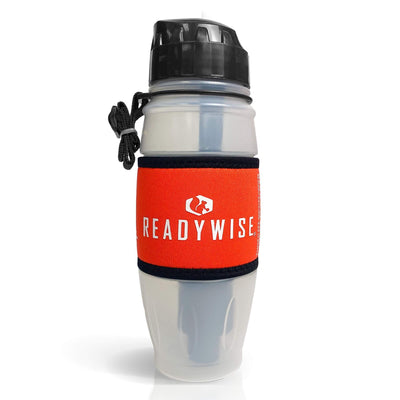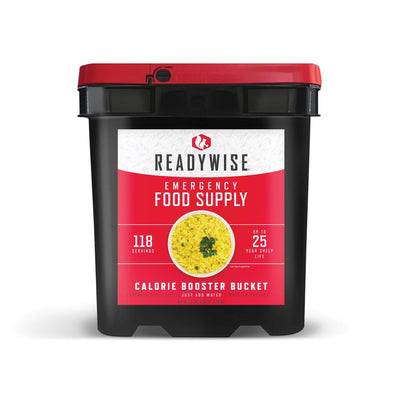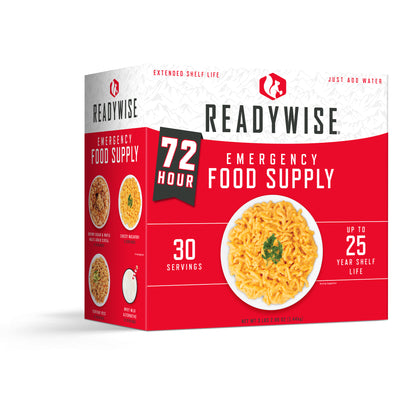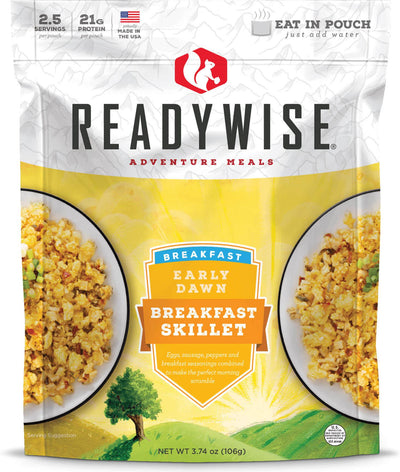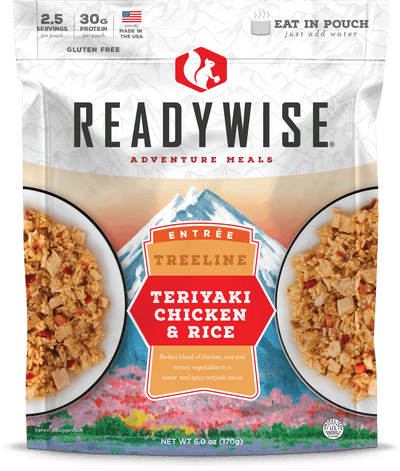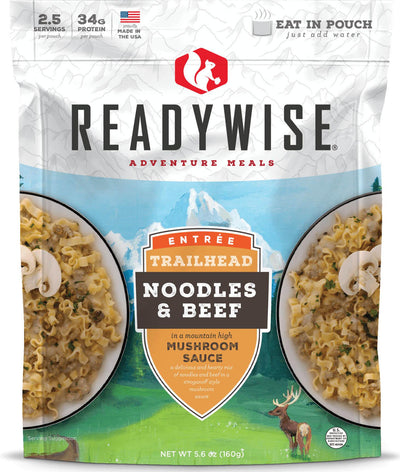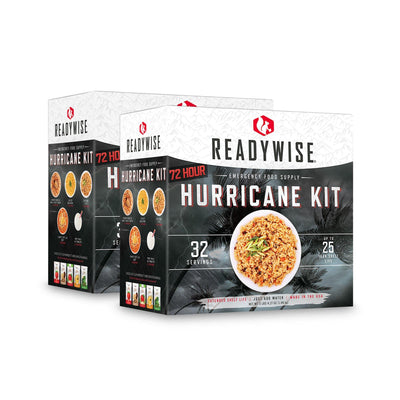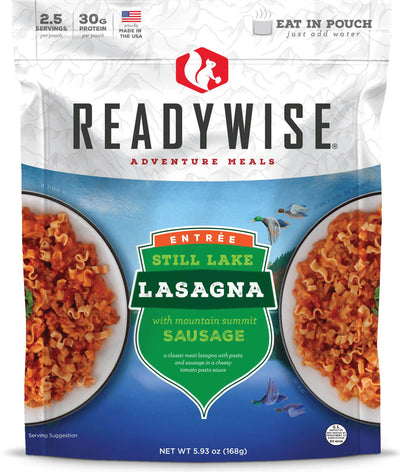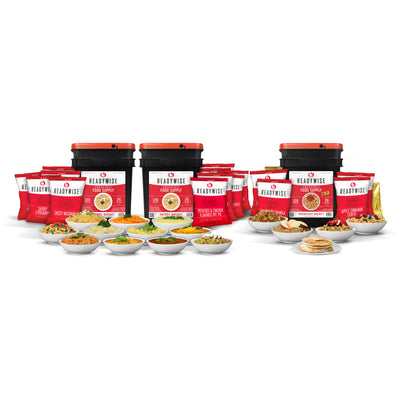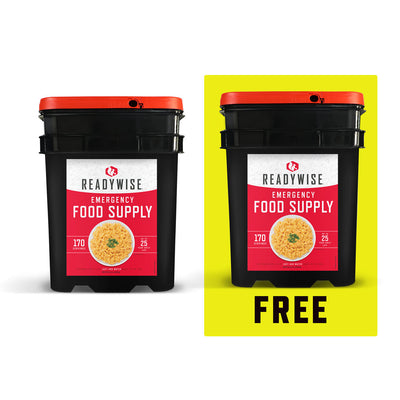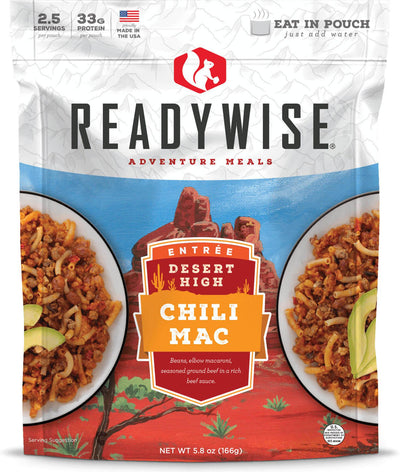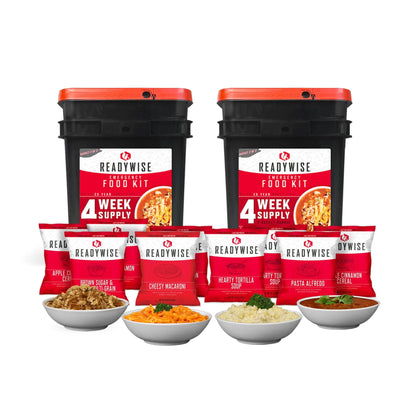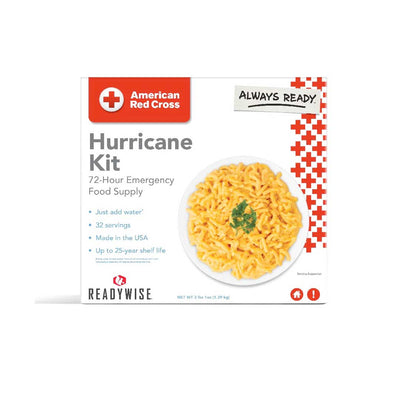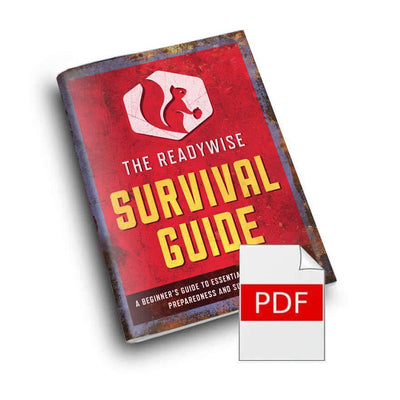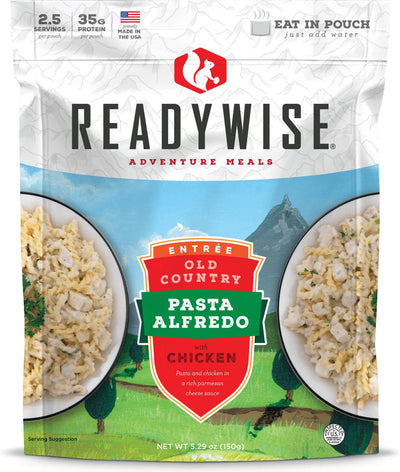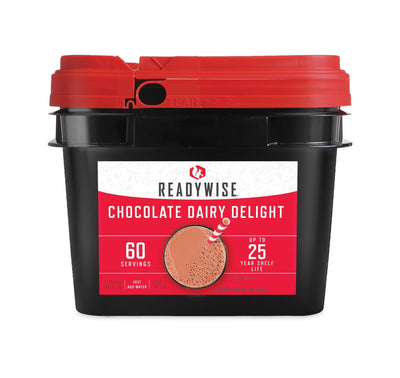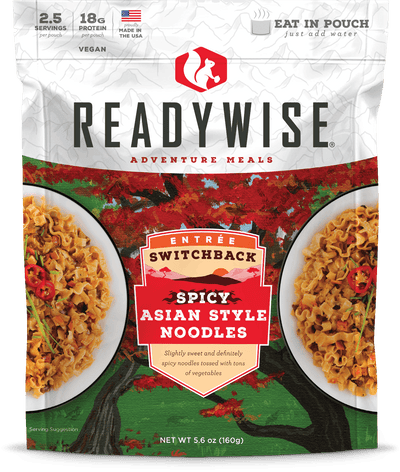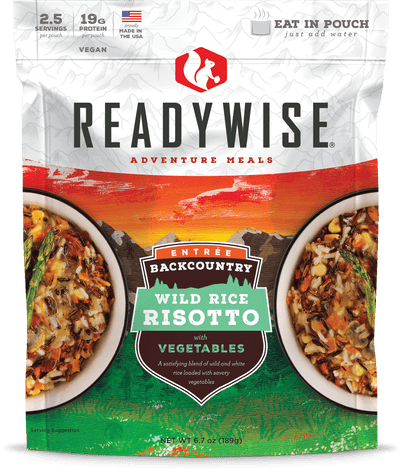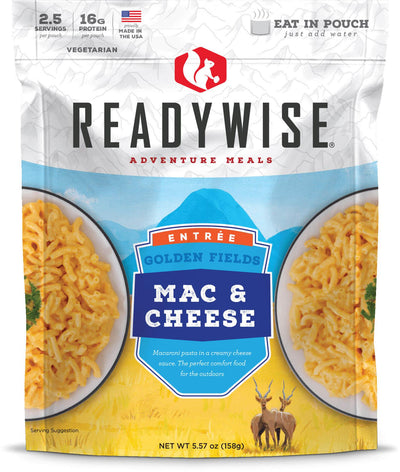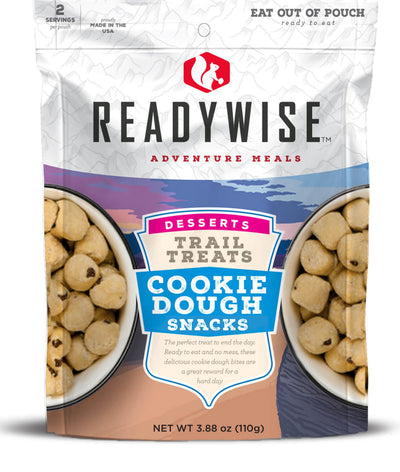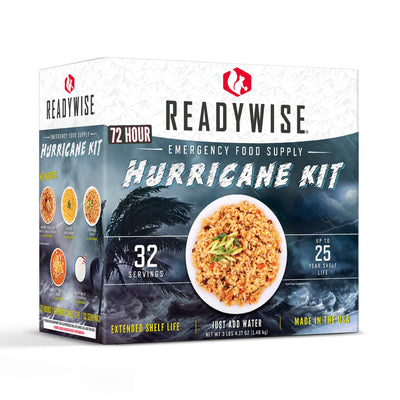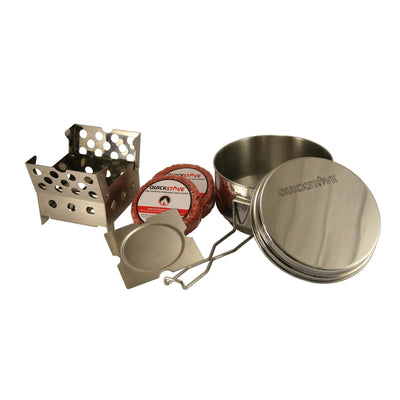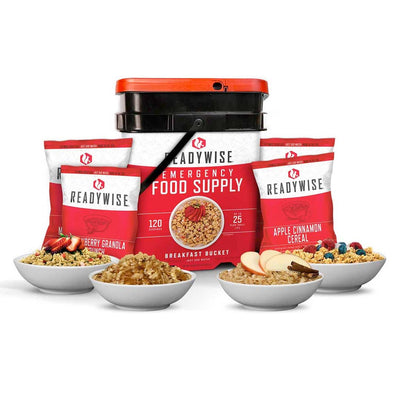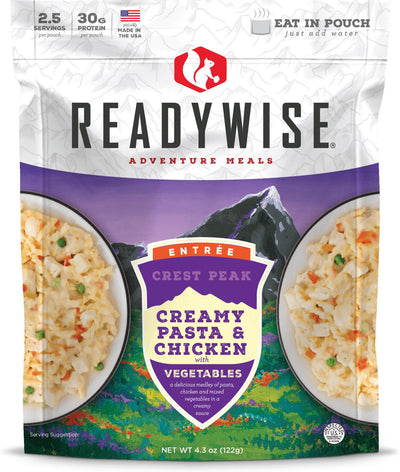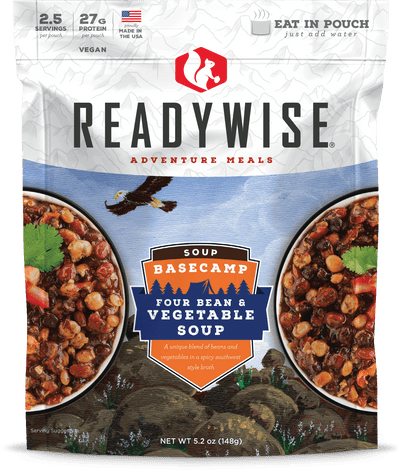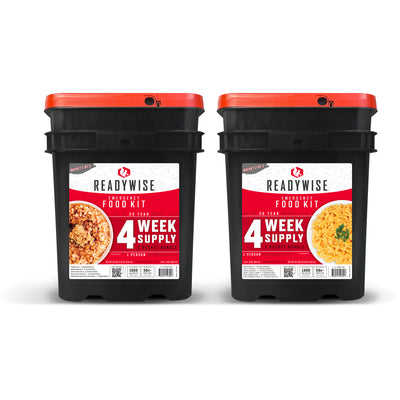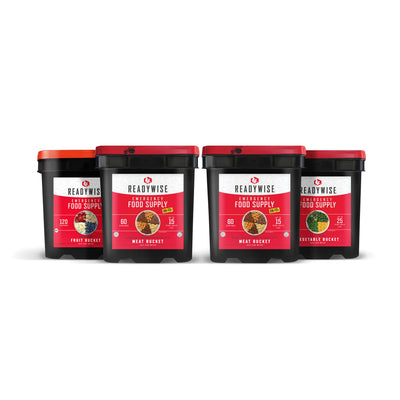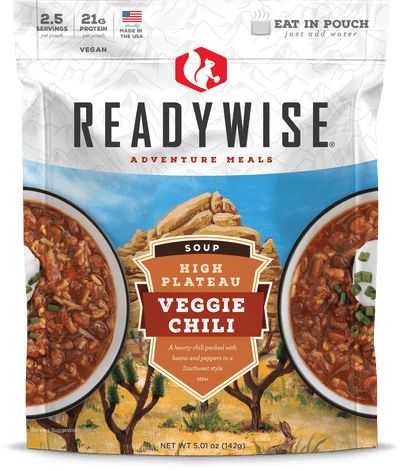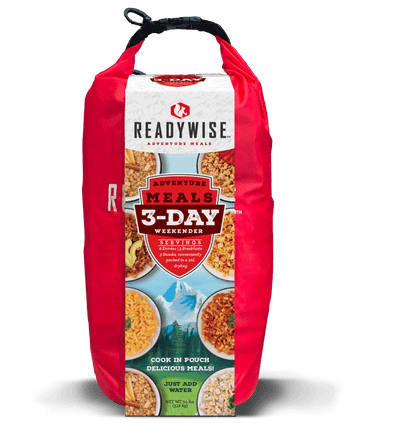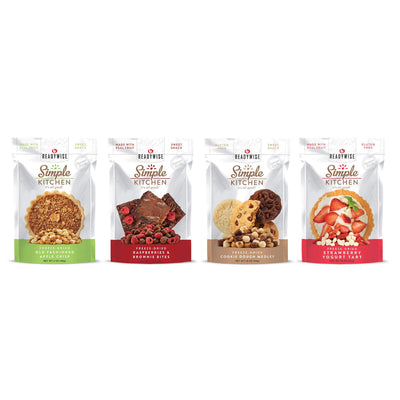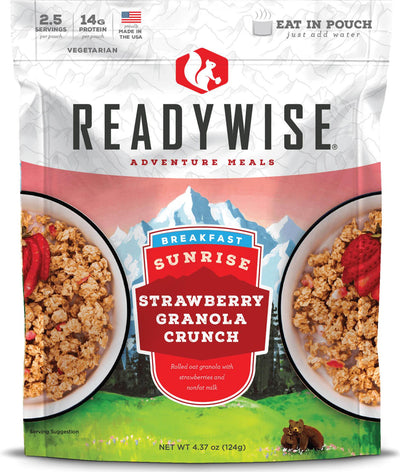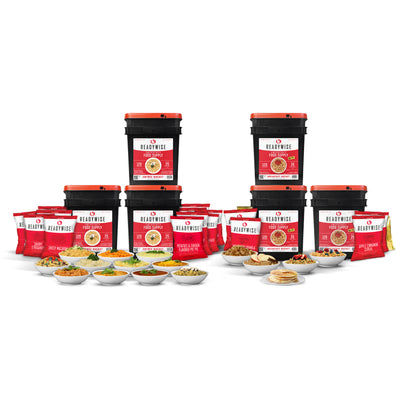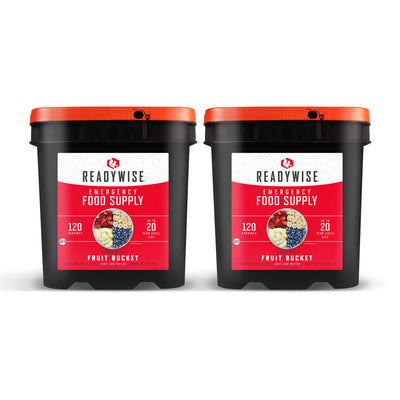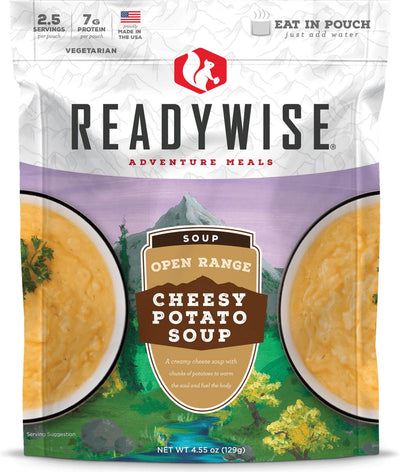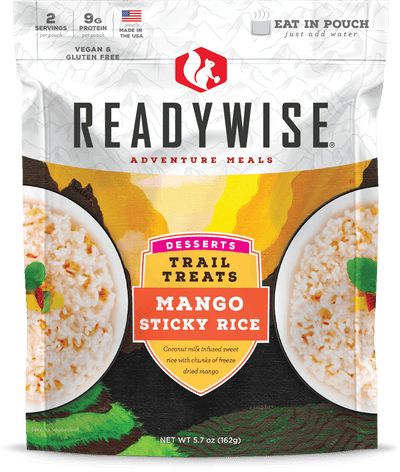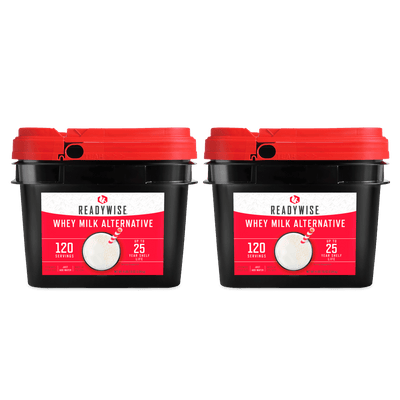Edible Plants in the Wilderness
Perhaps you embarked on a solo backpacking trip and only have a few granola bars and water with you. Somehow you’ve veered off your planned route and now you are hopelessly lost. You are hungry and scared, but you did your homework and know that the wilderness has a potentially abundant supply of food that doesn’t require hunting animals. Here is a short guide to edible wild plants, including tips for finding them. It is paramount to know how to recognize poisonous plants, since eating them could make you violently ill or worse.
Steer Clear of Poisonous Plants
If you cannot clearly identify a plant, it is better to be safe than sorry. Many toxic plants have one or more of the following characteristics.
- Milky or discolored sap
- Spines, fine hairs, or thorns
- Beans, bulbs, or seeds inside pods
- Bitter or soapy taste
- Dill, carrot, parsnip, or parsley-like foliage
- “Almond” scent in the woody parts and leaves
- Grain heads with pink, purplish, or black spurs
- Three-leaf growth pattern
You should never eat the following because they could prove deadly
- Azaleas (extremely poisonous)
- Wild peas
- Mushrooms (unless you have expertise)
- Mistletoe, holly berries, yew seeds, ivy berries
- Plants growing next to roadsides, or anything with a sticky blackish residue
- Plants growing in areas that may have been subjected to toxic waste dumping
Weeds Galore
Many edible wild plants are actually weeds, and in fact, you’ll recognize several because you curse them when they ruin your perfectly manicured lawn back home. Yes – dandelions, clover, henbit, and chickweed can be annoying nuisances to homeowners, but they can be lifesavers if you are lost in the woods.
Tips for Finding and Eating Edible Wild Plants
Know the area: If you live in a humid region, most wild plants will grow in sunny areas. If you live in an arid climate such as the Southwest, most plants will be near water. It is a good idea to pick of a guide to local plants before going on a wilderness trip. It helps if you can identify plants, bushes, and trees, since these are all potential sources of food, but some are poisonous and must be avoided.
Cleared areas: Grassy fields will typically be loaded with weeds including dandelion, chickweed, plantain, wild onion, violets, wood sorrel, henbit, clover, dead-nettle and sow thistle, which are all 100 percent edible.
Grass: All grasses are edible, but start with blades under six inches since that size is easier to chew and digest. The flavor of grass can be intensely sweet, mild, or bitter. If you have ever tasted wheatgrass, you know how delightfully sweet grass can be.
Wet areas: Search bodies of water for cattail, bulrush, and watercress. Cattail shoots are wonderful raw, and the pollen found in early summer is so nutritious it is considered a “superfood.”
Thorny brambles: Rose, blackberry, raspberry, and greenbriar are sources of food. The hips of the rose – the common weedy thicket-forming multiflora rose is small and tangy. You should be able to recognize blackberries and raspberries, although they will look a little different than what you buy at the grocery store. Greenbriar has edible shoots, tendrils, and berries that are tasteless but edible.
Trees: Deciduous tree leaves from the linden, sassafras, boxelder, and sourwood cab can be eaten raw. The young green shoots at the tips of conifer branches have a pleasant acid taste. The most common conifers that grow in North America are pine, fir, and spruce. Many types of pine trees have edible nuts in their cones from late summer to fall. Look for nuts that have fallen to the ground under trees. Walnuts and hickory nuts can be smashed open with a rock. Fresh nuts are wet and filling, flavorful, and easy to digest. While you may not want to eat acorns, rest assured they are safe, with a taste that grows on you after a while. Fruit trees cannot grow deep in a forest, but you might find wild apples, mulberries, hackberries, pears, and other edible fruits where the sun hits the edges of clearings or waterways.








